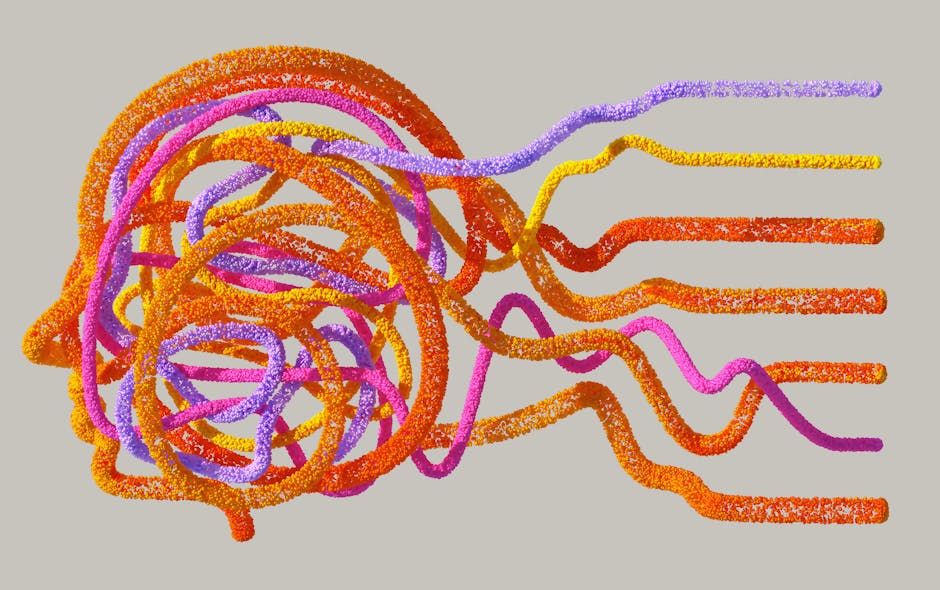The Rise of AI-Generated Misinformation and Its Dangers
Artificial intelligence is being used to create increasingly convincing misinformation, making it more difficult than ever to distinguish between what is real and what is fabricated. AI-generated content (such as deepfake videos, synthetic audio, and automated news articles) is rapidly gaining traction on news sites and online platforms. Unlike traditional misinformation, which often requires manual effort to create and distribute, AI tools can generate false information at an unprecedented scale and speed. This has significant consequences for public trust in media, politics, and even personal relationships.
The dangers of AI-generated misinformation go beyond simple deception. It can be used to manipulate elections, incite violence, damage reputations, and spread conspiracy theories that undermine societal stability. With AI models becoming more advanced, bad actors can easily generate realistic fake content that appears credible to the untrained eye. The challenge now lies in detecting and countering this new wave of misinformation before it causes irreversible harm.

The Mechanics Behind AI-Generated Misinformation
AI-generated misinformation is largely driven by deep learning models capable of producing highly realistic text, images, and videos. OpenAI’s GPT models and deepfake technology generate realistic-looking synthetic content. These AI systems are trained on vast amounts of data, enabling them to mimic speech patterns, facial expressions, and writing styles with alarming accuracy.
The main technologies enabling AI-powered misinformation include:
- Generative Adversarial Networks (GANs): These neural networks generate hyper-realistic images and videos by pitting two AI models against each other.
- Natural Language Processing (NLP) Models: Algorithms like GPT-4 can generate text that mimics human writing, making it hard to distinguish between real and fake news articles.
- Synthetic Audio: Voice cloning technology enables bad actors to imitate public figures with near-perfect accuracy.
The Impact on Society
The widespread availability of AI-generated misinformation poses a serious threat to trust in institutions and media. Political campaigns have already been affected by deepfakes portraying candidates in fabricated scenarios. In 2023, a fake AI-generated image of an explosion at the Pentagon circulated online before being disproven, showing how quickly misinformation can spark alarm.BBC.com).
Misinformation also affects public health. During the COVID-19 pandemic, AI was used to create false medical advice and misleading vaccine information. These deceptive narratives led to widespread confusion and hesitancy among populations trying to navigate an already complex crisis.
How AI-Generated Misinformation Spreads
The rapid dissemination of false information is facilitated by social media algorithms that prioritize engagement over accuracy. AI-generated misinformation spreads quickly because:
- Viral Algorithms: Platforms like Facebook and X (formerly Twitter) amplify sensationalist content, regardless of its accuracy.
- Lack of Fact-Checking: Many users do not verify sources before sharing information.
- Bots and Automated Accounts: AI-powered accounts can flood platforms with misleading content at scale.
The difficulty in detecting AI-generated content means falsehoods often gain traction before they can be corrected. Even after being debunked, misinformation continues circulating due to confirmation bias, people tend to believe information that aligns with their preexisting views.
Countermeasures Against AI-Generated Misinformation
Tackling this issue requires a combination of technological solutions, policy changes, and media literacy efforts. Some strategies include:
- A.I.-Based Detection Tools: Companies like Microsoft and Adobe are developing tools that analyze digital fingerprints in images and videos to detect manipulation.
- Tighter Regulations: Governments are considering policies that hold creators of deceptive AI content accountable while ensuring ethical use of generative models.
- User Awareness Campaigns: Educating people about how misinformation works can help them critically evaluate online content before sharing it.
The Next Era of Digital Trust
If left unchecked, AI-generated misinformation threatens to erode trust in journalism, government institutions, and personal interactions. While advancements in detection technology offer hope for combating this issue, the responsibility also falls on individuals to verify sources before accepting information as truth. Improving digital literacy is essential for societies to navigate these challenges and avoid misinformation.
Ethical Considerations in AI-Generated Misinformation
As AI technologies advance, ethical concerns surrounding their use become increasingly significant. AI-generated misinformation, with its potential to deceive and manipulate, raises pressing ethical questions about responsibility and accountability. Both developers and users of AI must consider its ethical implications.
One of the primary ethical challenges involves accountability. When AI systems produce misleading content, identifying who is responsible becomes complex. Is it the creators of the algorithms, the users who deploy them, or the platforms that host this content? This lack of clear accountability can result in a vacuum where harmful content proliferates unchecked.
Another critical concern is consent. Often, individuals featured in deepfakes or synthetic audio have not consented to their likeness being used in such a manner. This misuse can infringe on personal privacy rights and lead to reputational damage. Developers must consider how their technologies might be used or misused and implement safeguards to protect individuals from unethical applications.
The deployment of AI for misinformation also raises issues related to bias and fairness. If AI models are trained on biased data, they can perpetuate existing prejudices, leading to skewed representations in generated content. Ensuring fairness requires continuous evaluation of the data and algorithms to prevent reinforcing negative stereotypes.
Keeping systems secure while ensuring consistent performance remains a significant challenge.transparency. As AI-generated content becomes more sophisticated, distinguishing between genuine and fabricated information can be difficult. Promoting transparency in how AI tools operate and are used is essential to building trust among users and mitigating misinformation's harmful effects.
Tackling these ethical issues demands a collaborative approach that includes technologists, ethicists, policymakers, and the public. Ensuring accountability, consent, bias reduction, and transparency allows society to leverage AI’s benefits while curbing its role in misinformation.